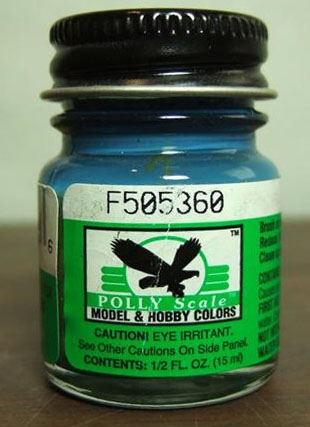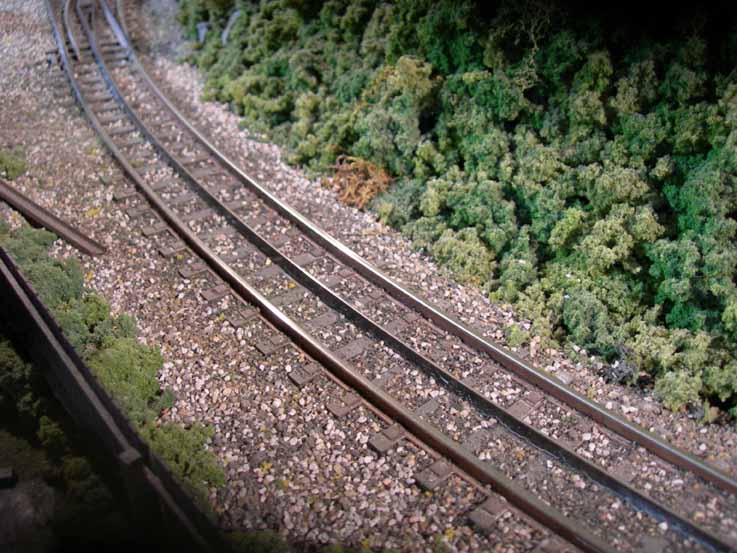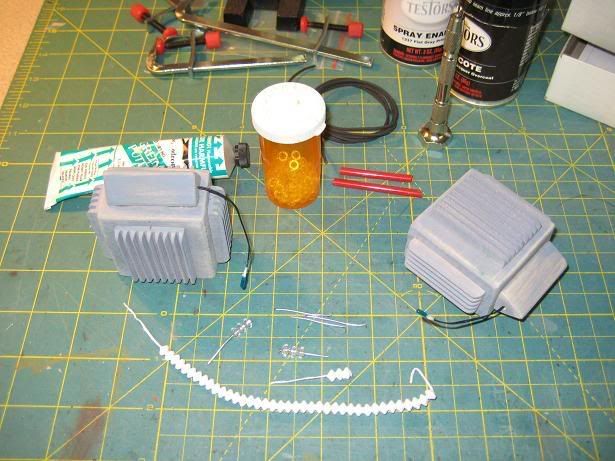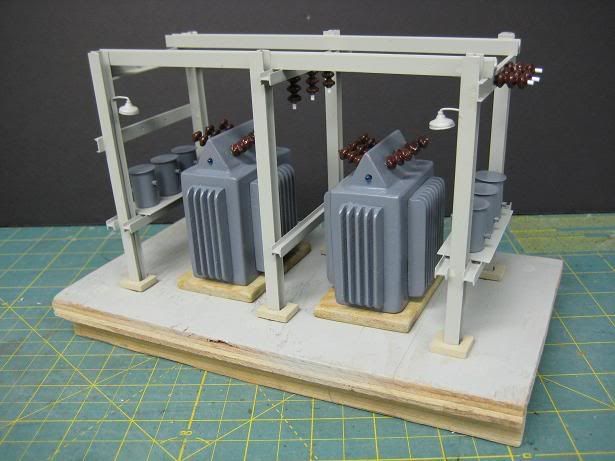
Here is how I made the stone flower beds ... First, the supplies I used:

From left to right - Short Prairie Tufts - Late Summer - Made by Miniatur, Woodland Scenics Bushes Clump Foliage, Rust-Oleum Light Gray Auto Primer, Spray "Glue For Glitter", White Glue, White Apple Barrel acrylic paint, burnt umber, black and raw umber acrylic paints from Woodland Scenics, a #1 round paint brush, a #6 shader brush, and two containers of washable paints I borrowed from my kids.
Not shown is the remnant of linoleum, container of dried coffee grounds or the container of Scenic Express fine grass foam.
Getting Started:
Decide how big you want your flower garden to be, and create a pattern out of paper. Then, cut out the number of squares/rectangles you desire, depending on how high you want your flower bed to be. I used a total of 5 (counting the top) which made the scale height 2'.

Once you cut out your squares/rectangles, notch out the sides simply using the point of a scissors and make tiny triangles:

When you make your notches, try and make them in different spots on each "tile", that way they don't line up when you stack them:

For the top piece, cut out a square/rectangle that is slightly larger than the others you cut out, and depending how wide a top you want, cut out the center:

I scored the top of the flower bed to make it look like larger stones were used. You can make them as large or small as you like. Then, apply white glue and line them up. Be sure that the "overhang" of the top piece is equal the whole way around. Also, it's best when stacking to put the textured side up.

Once that's dry, use the light gray primer and give each side and the top a quick spray. Stay far enough away that the primer just barely hits it. The idea is to not get it that heavy that you lose the natural porous look that the linoleum gives you.

The primer dries very quickly, so within 20 minutes I was ready for the first of 3 black washes that I applied. I used the black acrylic paint and made a wash that was equal parts water to paint. Using the #6 shader brush, I coated the entire piece with the black wash. I dabbed the top and sides each time with a paper towel, just to remove excess.

After the third black wash was dried, I used washes of the same concentration of the burnt umber and raw umber. However, for this application I used the #1 round brush. It has a fine tip, and I randomly selected the sides of different "stones" to touch with the tip of the brush. I also dabbed a little here and there on the top stone too:

Once those washes dry, it was time to dry brush some white at various spots. Simply do what looks best to you. Then, I was ready to add some Scenic Express grass to the sides to simulate moss growing up the sides. I used a spare piece of white foam core as my pallet, and I diluted about 3-4 drops of white glue with some water with my #1 round brush. I used the tip of the brush to push the watered down glue into the cracks where I wanted the mold to be. I then used my fingers to press the grass turf into the rocks. This is a nice way to cover up any areas also where the black wash turned out to be too dark.

Next it was time for the mulch in the center. I coated the inside with white glue, using my #1 round brush to be sure to get in all the corners. I sprinkled dried out coffee grounds (baked them in the oven to be sure they were dried). After that was dry, I shook off the excess. You can leave it alone at this point, but I sprinkled some more coffee on for more depth, and then I gave it a few quick shots of the "Glue for Glitter" spray to set it. It dries within minutes.

The last thing is the bushes. You can use whatever you want for this, but for the 2nd one I made here, I only used small pieces of Woodland Scenics Bushes Clump Foliage. I sifted through the pieces and found some that were close in size, and I put a drop of full strength white glue on top of the mulch where I wanted them. When they were dried, I used my #1 round brush again, and I watered down, on my pallet, the colors that I wanted to make my flower blooms. In this case, white, pink and purple. I put a few drops of water on my pallet, dipped the brush into the paint, and then mixed it with the water on the pallet. Once the brush was loaded up, I lightly grazed the bushes with the tip of the brush, and you have flowers!

This is very easy to do and the possibilities for using the method to make walls, etc. using the tiles are endless.




















































